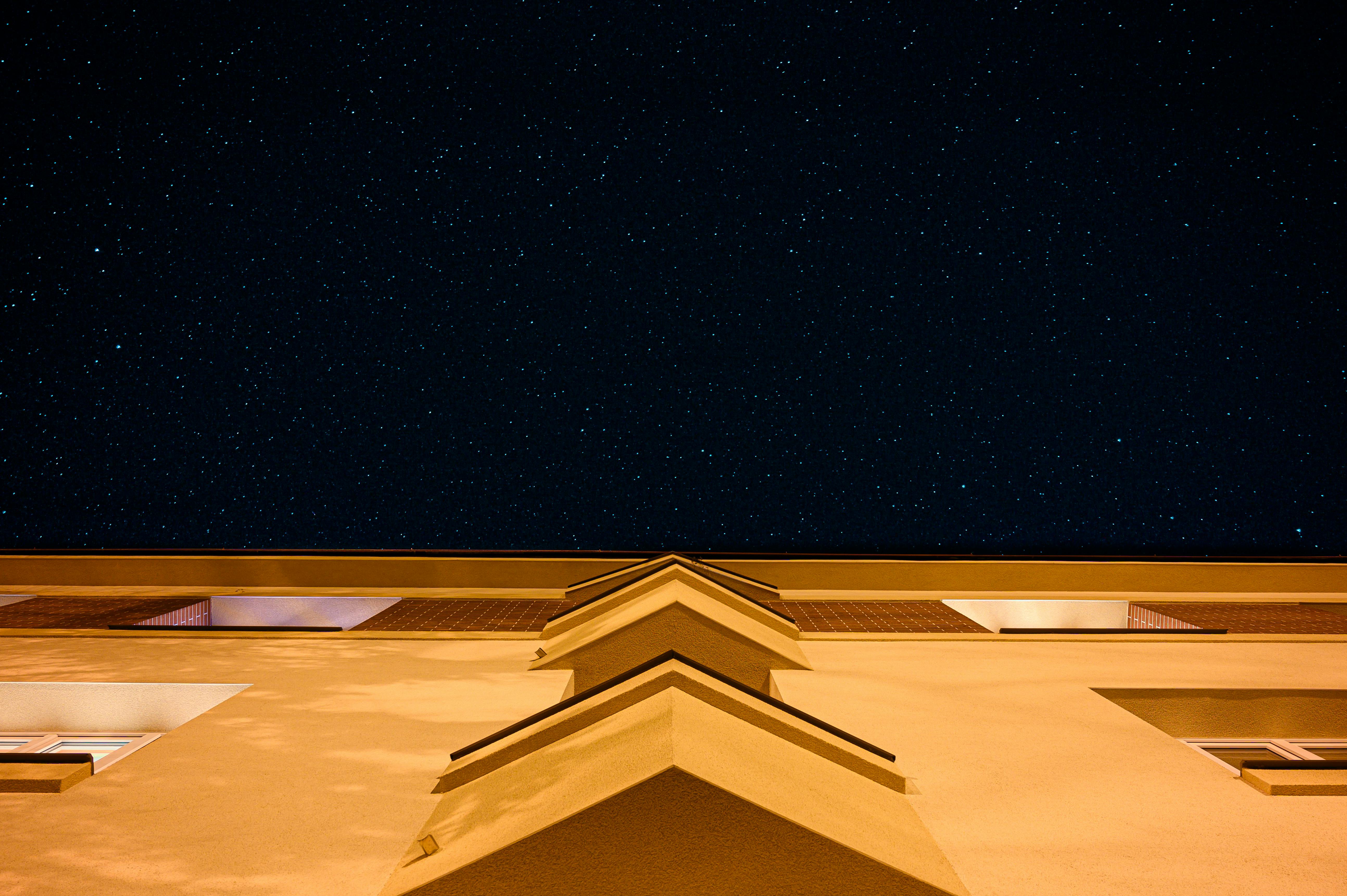Wash clothes in cold water. Most of the energy used in washing is used to heat the water. In most cases, warm or hot water has no benefit. Use the cold setting. Hot water won’t sanitize your clothes because it’s not hot enough to do anything for germs except comfort them. That requires boiling water and the water in your home can’t come close to that, even if it’s set as high as it will go! Modern detergents will work fine with cold water.
Regularly clean your clothes dryer’s lint screen and exhaust duct. Your clothes dryer will work more efficiently when air can freely flow in and out of the unit. Take a moment to clean the lint screen with each use. From time to time, check the wind. This will also serve the additional purpose of reducing a potential fire hazard. In a situation where your vents have many bends, see if you can rearrange the design to reduce the number of 90-degree bends. Curves interfere with the free flow of air, making the dryer work harder to dry clothes.
Savings in lights
Basic rule: turn off unnecessary lights, as your grandfather always said. When you leave a room, get in the habit of turning off the lights. Not only will you save on the cost of lighting, but you can also save on cooling. The lights produce a surprising amount of heat. This is especially true if you still use incandescent lights. These types of lights convert most of your energy use directly into wasted heat, not light! Do you really want electric heaters running all the time in a room you’re trying to keep cool? And if you’re thinking it would be good in the winter, that 90% efficiency isn’t very good compared to a real heater, so it’s wasteful in that situation too.
Install compact fluorescent lights (CFLs). To save on lighting, replace those old inefficient bulbs with CFLs. The new fluorescents are about 4 times more efficient than the old ones and generally last much longer. Over its useful life, a CFL can save you more than $25. Install them in lights that are on a lot and you’ll notice the savings right away.
